Beyond the limits of mass transfer: design of 3D pillar electrodes in redox flow batteries
January 2020 – September 2023
Society’s strive to more renewable energy, states major challenges in the future with respect to fluctuating electricity production levels. As Europe expects a renewable energy share above 45% in 2050, energy storage strategies are required. Such a strategy is storing excess electricity through the use of redox flow batteries. In contrast to conventional (lithium-ion) batteries, the storage capacity in redox flow batteries is independent of the electrode size. As the electrolyte is pumped through the battery, the storage capacity only depends on the volume of the electrolyte that can be stored in low cost tanks. To increase the power output, redox flow batteries are typically equipped with sponge-like felt electrodes. However, high pumping costs are required to pump the electrolyte through such disordered 3D electrodes. By 3D printing the electrodes, yielding a structured geometry, we can decrease this pumping cost by two orders of magnitude. The aim of this project proposal is to unravel how 3D printed electrodes can influence the performance of redox flow batteries. To achieve this goal, correlations between power output and pressure drop will be studied for different electrode designs and as function of the battery stability.

